A to Z of Pricing for Product Managers - Part 1
They say chess is a game that can be learned in an hour, but it takes a lifetime to master. So is pricing.
Welcome to my fourth newsletter. This one is on pricing. :)
Whenever I see India’s consumer internet space, I get more & more convinced that pricing is like an infinite jigsaw puzzle - extremely difficult to crack.
Incidentally, I started my newsletter with the topic - 3 powerful pricing hacks for Indian startups but many of you wanted me to deep dive into the topics I was covering.
That made me write A to Z series.
BTW, pricing is a complex phenomenon. It’s a mix of microeconomic principles, marketing theories, and human psychology.
Micro-economics + Marketing + Human psychology ➡ Pricing
So, I have decided to break this series on pricing into 3 parts -
Part 1 (Classical economics) ➡ Pricing strategies for consumer tech companies
Part 2 (Marketing) ➡ Pricing models for consumer tech companies
Part 3 (Human psychology) ➡ Powerful pricing psychology hacks
1. Pricing strategies for consumer tech companies
I was reading Katherine Paine the other day. Katherine (CMO at News Group) made a very interesting observation on pricing (that almost blew my mind) - ‘The moment you make a mistake in pricing, you’re eating into your reputation or your profits.’
What if you price your product less than what it should be? Maybe, you are leaving money on the table.
What if you price your product more than what it should be? Maybe, you are losing out on sales.
Okay! But what’s that sweet spot? A price that generates maximum sales & revenue?
I wish pricing was a purely mathematical concept and had a simple answer like if you send a rocket with a minimum of 11.2 km/sec; it will escape the earth’s gravitational field but pricing is as much an art as it’s a science.
In the use case podcast with Ravish Bhatia, Dr. Sreelata Jonnalagedda (Associate Professor at IIM B), pitches a very basic (yet powerful) model to price a consumer tech product. She calls it 3C + O model.
“You should know your costs, customers, competitors, and objectives to fix your price.”
Cost ➡ You should know what your costs are.
Customers ➡ You should know what your customers are willing to pay.
Competitors ➡ You should know what your competitors are offering.
Objectives ➡ What are you trying to achieve with your pricing?
Are you building yet another food delivery app and want to enter an already crowded market or are you building a new category and are the first in the market?
Okay, wait! What if you know all these four inputs (3C + O) well? Can you use a mathematical formula & tell me about your pricing in a second. The answer is No. Pricing isn’t that simple! I wish it was like - 💩
I share my not so ‘important’ opinion on product, tech, design, venture capital, and human psychology on Xplainerr here. Do subscribe - no spam, ever!
2. What are common pricing strategies?
One primary reason, I am writing this newsletter is to learn without an MBA. MBA seems a too pricy option for me (currently).

Standard textbooks mention 5 common pricing strategies. Knowing these strategies helps you to frame your pricing at a broader level.
Cost-based pricing
Competitor based pricing
Value-based pricing
Price Skimming
Penetration pricing
PS:- I haven’t covered classical microeconomics theory like supply, demand, elasticity curves, etc. It hardly comes in handy in real-life scenarios. (Still) If you want to learn micro-economics, please check the references section (at the end).
Let’s deep dive now!
1. Cost-based pricing
I come from a Baniya family. The rules of traditional businesses are simple - Lagat (total cost) + Labh (profit).
To understand cost-based pricing, let’s understand a few boring micro-economics concepts first!
Variable costs are the costs that changes with how little or more you produce. e.g:- wages. If you produce less, you would need fewer workers and in turn spend less on wages.
Fixed costs are the costs that don’t vary with how much or little you produce. Think of the offfice space you have leased for a year.
Mark up is the fancy name for profit.
Cost-based pricing is simple. Suppose you have created a cohort-based course on React.js with the production cost of each unit (course) being ₹ 250. You want a 50% profit over it. You sell it for ₹ 375. That’s it. That is cost-based pricing.
The cost to produce your React.js course is always too little. It makes absolutely no sense to price it by cost + markup approach.
Also as a tech company, after a certain scale, your cost of producing additional units almost approaches zero.
Hence, cost-based pricing suits traditional (non-tech) businesses more.
1.1 Cost-based pricing as a competitive advantage
Recently, I stumbled upon an e-apparel website - Everlane. It was a usual apparel website unless the tagline caught my attention - Ethical factories. Radical transparency.
Scrolling down, their pricing section blew my mind! They mentioned their total cost from manufacturing to end mile delivery and added a 211% profit (markup) on the production cost.
Much honesty? Right! They were also kind enough to mention that their competitors are booking 400% profit. See we are booking less profit!
Everlane is a very interesting example of how pricing strategy can be a pure-play innovation and is an art in the true sense.
1.2 Should you cover up your costs?
Covering up the costs makes absolute sense when you are bootstrapping or have no access to external capital. You need to cover up the expenses of running your business. You need to issue a paycheck every month.
Covering up costs is not a choice but a quest of survival.
The story is altogether different if you chasing growth (trying to grab a large pie of the market (fast! faster!) with piles of cash in the bank.
Let’s see the next pricing strategy - value-based pricing.
2. Value-based pricing
2.1 Nail pricing before the product
Let me take you to the days when I was building Frontbench along with Deepak. Frontbench was a 1:1 marketplace for online mentorship. We were building a platform to connect students of Tier 2/3 colleges with seniors (who have excelled in their careers) for personal mentorship & career guidance.
A lot of students told that they loved our offering when we offered them the mentorship sessions for free. The moment we started charging a price, BOOM, they vanished!
They liked our product/offering but weren’t ready to pay ₹999-₹1999 for a mentorship session as mentorship wasn’t giving them a tangible end outcome - a certificate or a promise of a new job or a better paycheck.
We realized that students will only pay for a tangible value proposition and wrapped our bag to shut down Frontbench.
We saved ourselves a lot of time. We had our own share of learnings though -
Never ever think of pricing as an afterthought.
Nail the pricing even before building the product.
2.2 How to measure the perceived value of your product?
This is a tough one! There isn’t a simple way to understand how much value your product is creating for your users and measure it numerically.
Let’s break it down into two parts for a consumer tech company:-
2.2.1 When you are a new start-up launching your product
You take in various inputs - who your customers are, what are the features they will love in your product, what is their willingness to pay, how readily will they switch to alternatives, etc.
It’s too hard to measure the value your product is delivering to your customers numerically.
I have read a few frameworks like the 10x rule i.e price your product at 1/10th of the value it is delivering to your users but it didn’t make any sense to me.
2.2.2 When you (are old) and have data points
As your product exists for a while, you have data points to measure the value you are delivering to your customers.
Micheal Dearing, a professor at Stanford University has written an interesting case study on eBay that how data points helped them to identify the perceived value of their product & monetize it better.
eBay, offered a feature from its inception that for 25 cents allowed people who sell products on the site to add a photo next to their listings. It wasn’t used much.
But it turned out that sellers who included the pictures had much higher click rates and tended to get a higher selling price. eBay started to market this data along with the feature.
With the benefit of the product data, eBay’s sellers saw that the pictures helped solve a problem and their perceived value skyrocketed.
A feature costing eBay mere 25 cents to host a photograph, along with other optional upgrades, eventually generated hundreds of millions a year in pure profits.
2.3 Discovering the perceived value can take time
In 2005, LinkedIn decided to monetize its product. The company started by identifying the features that about 90% of customers didn’t use regularly.
LinkedIn (LI) concluded that its service was worth more to the heavy users than it was too casual ones. Guess what? LI killed almost 10% of features.
Power search and the ability to contact other members became the basis of premium accounts.
Yes, the heavy users were willing to pay more. Premium accounts have produced more than ₹1,500 crores in revenue for LinkedIn over the last four quarters.
2.4 Value-based pricing and India’s B2C consumer tech space
Value-based pricing in the consumer tech space is extremely difficult in a price-sensitive market like India.
We are a time rich & money poor country.
This is exactly the opposite to US and western countries where people are more than willing to pay for faster streaming service, better display resolution on OTT, better user experience, etc.
While working on assessing how much value your product is creating for your users; it’s important to understand how your users measure the value of your product. (Do they value convenience/time or do they value money?)
Loving reading my content on pricing? I hope you won’t mind showing a small token of appreciation!
Do you know? You can contribute as low as ₹ 89. Help me to make my free content accessible for all! Please show your ❤️ here.
3. Competitor based pricing
Competitor-based pricing is simple. If you entering a market that already has multiple players; you can price your product higher/lower than your average competitor's price or just match it.
BSNL Fibre launched (in Oct 2020) exactly one year after Jio Fibre & Airtel Xtreme Fibre offered almost identical prices for the same offerings.
Higher-than-average price ➡ When you want to signal luxury or a promise of 10x better product to potential customers.
Lower-than-average price ➡ When you’re trying to undercut the competition and acquire customers quickly.
Match-the-average price ➡ When you want to signal that you are offering a better product/service at an identical price & want to grab a pie of the market.
4. Price Skimming
Hitesh Raj Bhagat in Economic Times brilliantly explains the skimming price strategy employed by mobile phone manufacturers in India.
Mobile manufacturers often leak their new mobile prices into the market & introduce the mobiles at an artificially inflated price to those who desire and want exclusivity.
Once this layer of customers is skimmed and sales start dipping; the companies correct the sticker price.
Skimming is launching the product at a higher cost and when the product life cycle matures; you lower the cost gradually.
4.1 When does price skimming work well?
When your product has a high upfront cost
When your product enters an unsaturated market
When your brand has already built trust & turned premium and you are launching a new offering
Skimming pricing makes sense in all these scenarios as we never know what’s the right price of my product/offering. It’s always better to start on a higher note. In India, slashing the price is easier. Increasing the price isn’t.
4.2 Pitfalls of skimming
It doesn’t work at all when you are entering a saturated market
In microeconomics, it is said that a saturated market has an elastic demand curve i.e. a small change in price has a large effect on buying.
When a product enters a saturated market; it is advisable to not go for skimming pricing (unless your product is 10x better than alternatives) as customers would go in all directions to betray you.
Skimming slows down mass adoption and attracts competitors
Netflix entered India’s nascent OTT space in 2016 with premium pricing.
It attained a huge success in a short span but its success on high ticket price intrigued a plethora of OTT players in India - Voot (2020), Zee 5 (2018), MX Player (2019), Aree (2016) etc.
Viable substitutes ensured that demand curve became elastic.
Skimming also slowed down the mass adoption of Netflix in India and gave OTT players like Sony LIV, Zee 5, Voot time to improve their product and match their production quality and storyline to Netflix.
Eventually, Netflix had to shed skimming-only pricing approach and launched their mobile-only plan at ₹ 199.
5. Penetration pricing
Entering a saturated market is tough! But what if — a late-comer wants to enter a saturated market fast? The answer is simple — offer a ‘substantially’ low price.
When Jio was launched in 2016, the Indian telecom market already had 10+ competitors.
The price of 1 GB of data before the entry of Jio was ₹ 300/month and calls were charged at ₹ 0.50/minute.
Jio offered unlimited calling with 10GB of data in their basic offering (in fact, free for the first three months). Such pricing was unheard of in the telecom industry and led to several customers switching to Jio or buying another Jio sim card.
Fast forward to 2021, Jio is the telecom market leader.
5.1 When does penetration pricing work well?
Penetration pricing works well when you launch your product in a saturated market and have the luxury of enough cash or time or both.
Jio could play out the penetration pricing game as it brought in an initial investment of ₹1.65 lakh crore.
Google Photos wiped out many of its competitors by offering free unlimited storage for years because of Google’s clout.
5.2 End goal of penetration pricing
The end goal of penetration pricing is to survive for the longest till the competition is wiped out and then gradually increase the price.
Jio has gradually increased its price and the plan that it offered for peanuts initially, costs ₹ 129 now.
Google Photos has planned to end its unlimited free storage plan from 1st June ‘21.
5.3 Launching a product at a low price to test adoption
Swiggy launched its subscription service - Super at a throw-away price. The idea was to test the hypothesis and understand its demand - Do Swiggy users really want a Super subscription?
Once they validated the demand, they revamped & launched it as three different plans at a much higher price point.
They say chess is a game that can be learned in an hour, but it takes a lifetime to master. So is pricing. Stay tuned for part 2!
If you loved my post on pricing strategy and found this valuable, I hope you won’t mind showing a small token of appreciation!
Do you know? You can contribute as low as ₹ 89. Help me to make my content paywall free & accessible for all! Please show your ❤️ here.
OR
Are you looking to break into product management but don’t know how?
I provide detailed guidance on how to break into product management - how to make your resume, how to prepare for interviews, etc. ❤️
Why spend ₹ 50,000+ for a product management course? Why not book a slot with me at ₹ 999 and get personalized mentorship here.
Do share this on Twitter & LinkedIn (if you liked my newsletter)! BTW, I also do regular shit-posting on Twitter here.
Let’s stay connected :) And if you have come this far, what is stopping you to subscribe to this newsletter?
Until next time!
References:-
https://ayushj.substack.com/p/pricing-101-understand-the-power
https://turnaround.usecasepodcast.com/p/pricing-strategies-for-startups
youtube.com/watch?v=P1ekG5Xu9NU - Micro-Economics


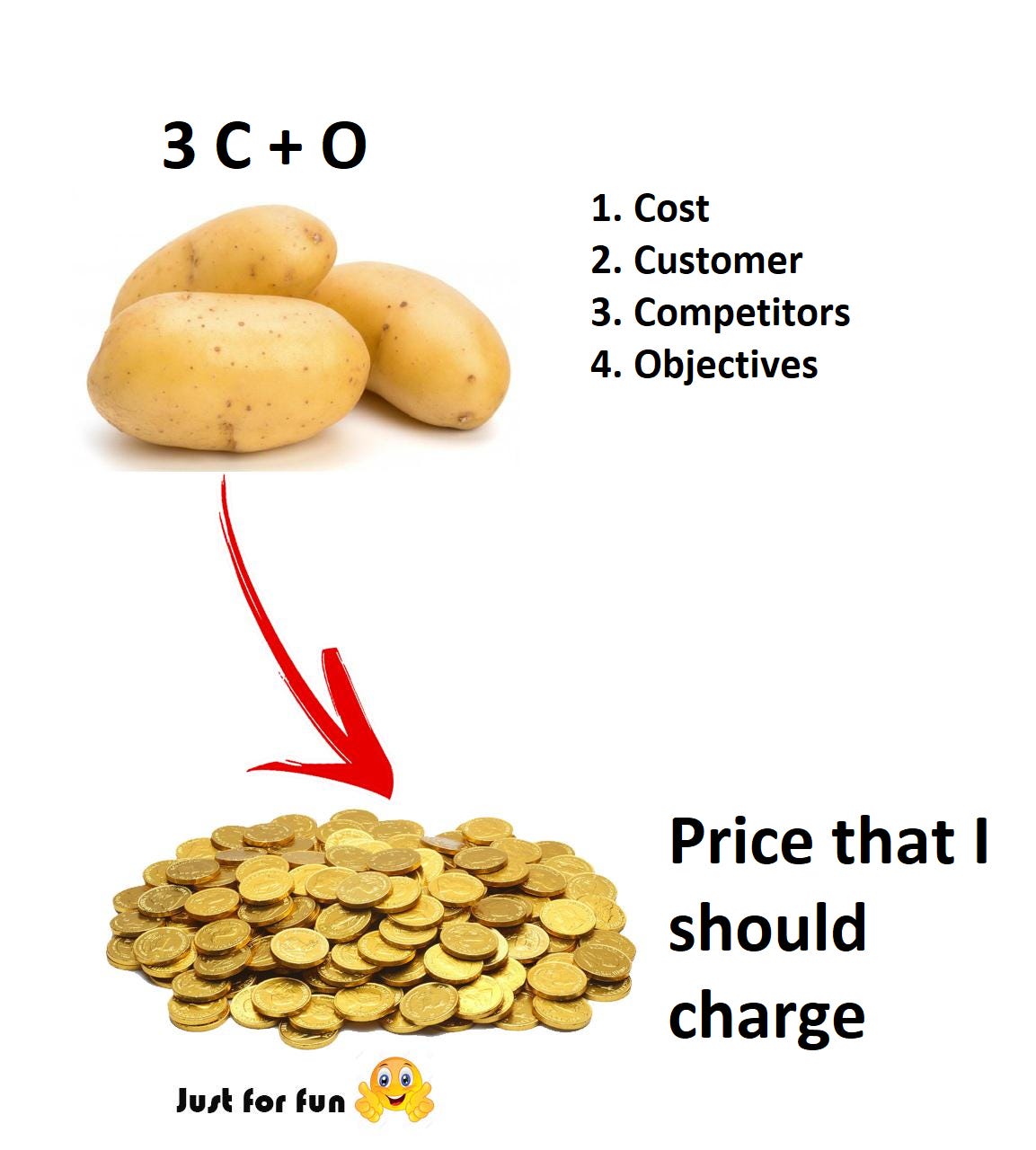

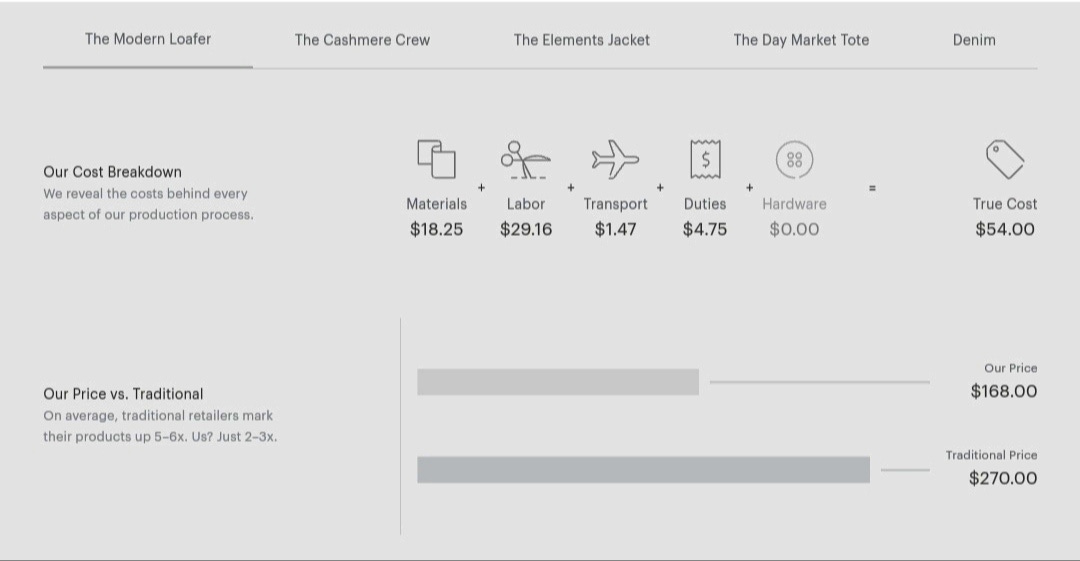

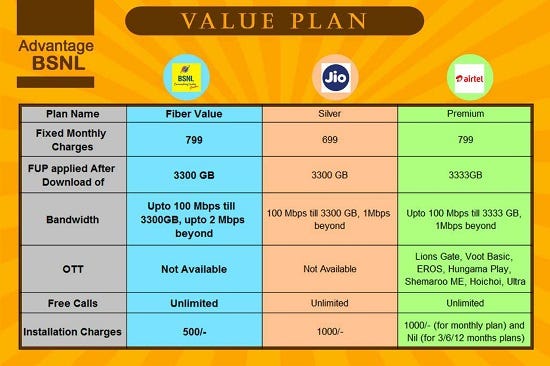

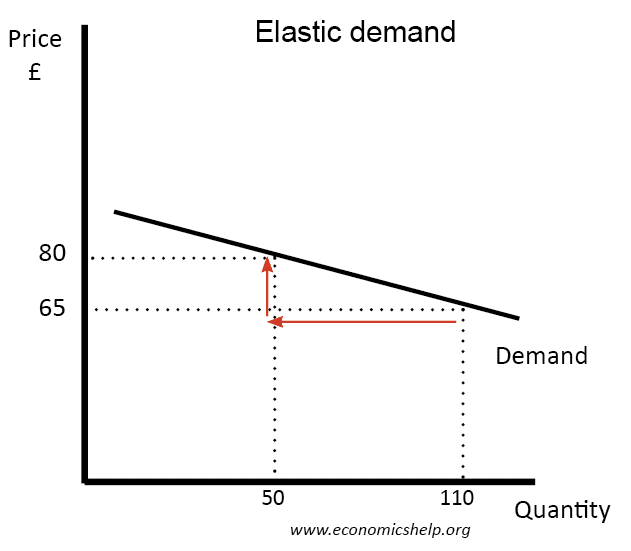
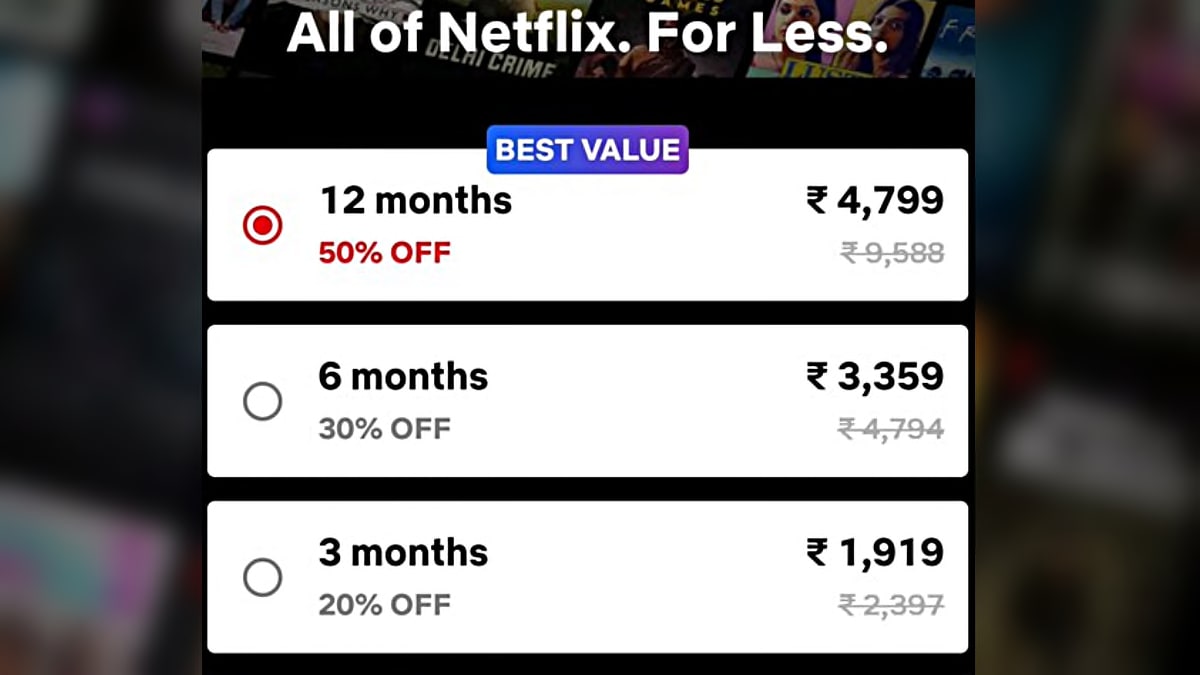

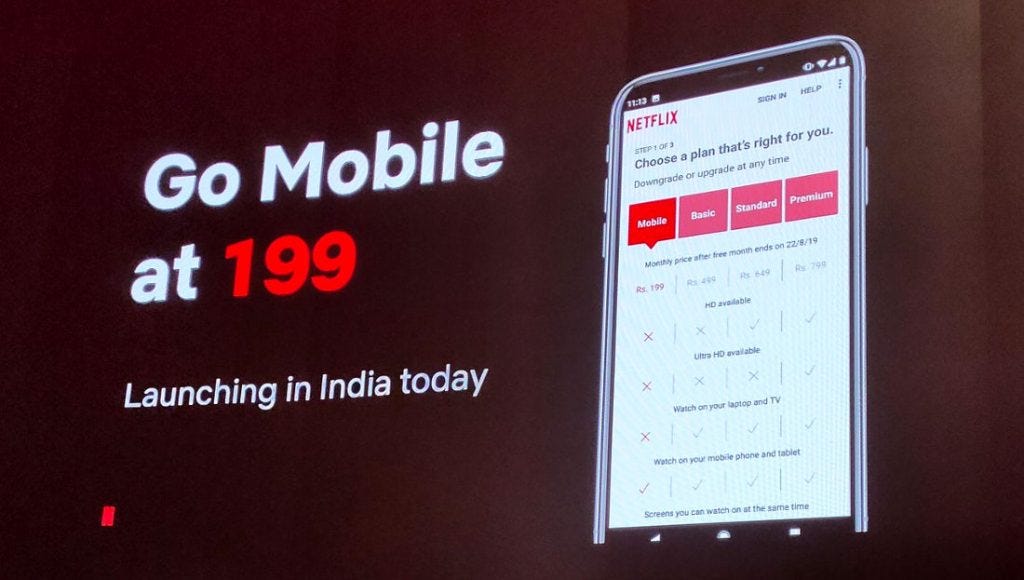
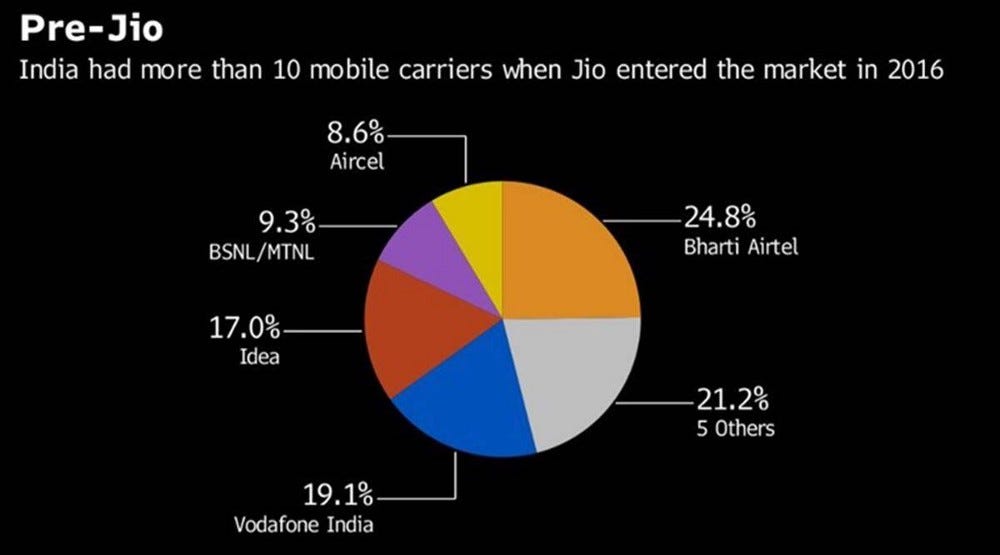

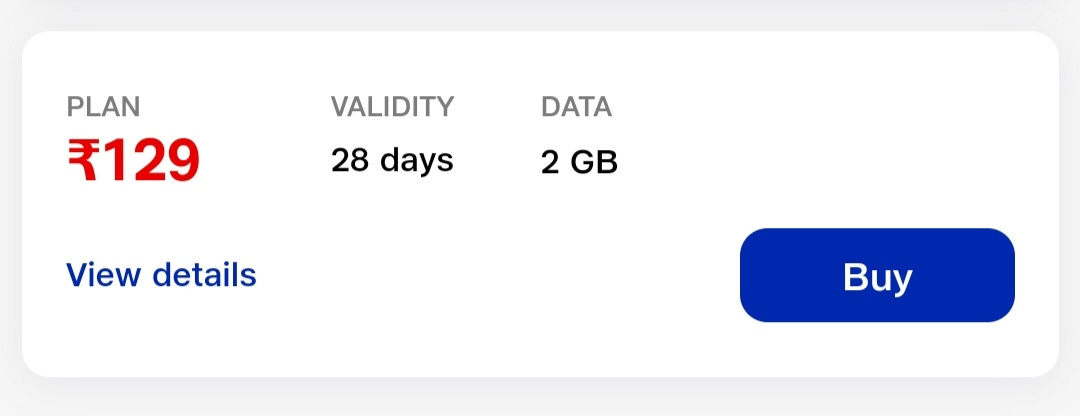

This is gold🔥
You mentioned mentorship is not giving the tangible outcome/result hence users were repellent to pay for it but in my opinion, if we can create real value for a 1/2-1 hour session then users will pay for that. It took 1/2 hour for me to read this article (I take time to digest the thought:)). I believe this 1/2 hour is worth it and I am taking some golden learning points from this half-hour, I will surely pay for it. Having said that every user works on different psychology and it is hard to convince them before the session. We might work on how we can try to merge some tangible outcomes like giving some written summary of the sessions and recommendations to improve.
Some parents asked me "Why we will pay you for the mentorship sessions, you are just talking to my ward. How can we pay for just talking?". My answer is very simple you pay doctors just because they give you some health advice, they are also talking. It is their year of expertise and the value they have created for you while talking. We as a mentor are improving your future/career, the same way doctors improve your health.
Please correct me if I am wrong.